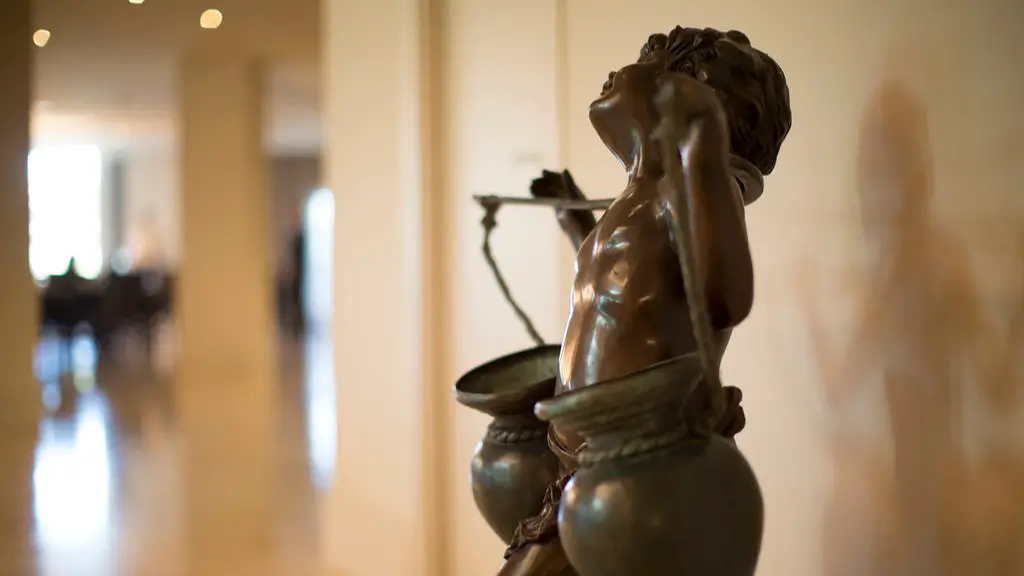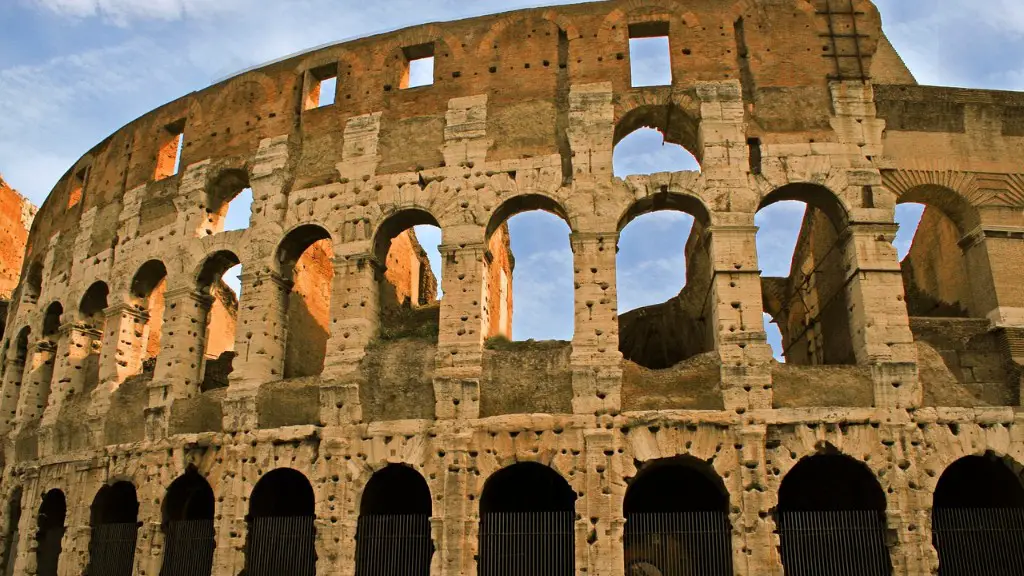Rome is one of the oldest civilisations in recorded history, with its beginnings around 700 BC. Across the centuries, Rome has had an enormous influence on western culture in a variety of ways. One of the most important contributions of the Roman Empire was their architecture, which built the foundation of construction methods and city planning, much of which is still visible in modern day cities, monuments, and structures. Here are some of the contributions of ancient Rome, and how they are still relevant today.
Architecture
One of the most famous contributions of Ancient Rome was their architecture. They were the first to popularise the arch, the dome, aqueducts, and vaulted ceilings. Thanks to their ingenious construction methods, many of their buildings are still admired and used today. They also developed principles of city planning: roads often intersected in a grid-like structure, and cities were organised into insulae, or city blocks.
The Romans also made a variety of monumental landmarks, such as the Colosseum, Pantheon, and Trajan’s Column. Even today, these structures remain impressive testaments to Roman sophistication and engineering. These iconic monuments are still visited and admired by millions of visitors a year, and are considered some of the most impressive structures in the world.
Government and Law
The Romans also made a huge contribution to the development of governments and laws. The Romans created the first legal system, and much of it is still used today. They were among the first to develop the concept of citizenship, and their government officials were divided into executive, judicial, and legislative branches.
The Roman government also developed a code of laws known as the Twelve Tables which established the concept of rule of law in Ancient Rome. This code of law has become an important part of Western civilisation, and its principles are seen in many modern day legal systems.
The Romans also developed concepts such as the jury system and habeus corpus, which are still used today.
Language
The Romans were also the first to widely use the Latin language, which is the ancestor of the Romance languages, such as Spanish, French, and Italian. Even today, Latin is still an important language in some parts of the world, and many English words have Latin roots.
Latin is also still an important language in academic, legal, religious, and medical contexts. This is partly due to the influence of the Roman Empire on these fields. Even today, Latin phrases such as “in absentia”, “ad infinitum”, and “tabula rasa” are still commonly used.
In addition, the Latin alphabet, which the Romans adapted from the Greek alphabet, is the basis for virtually all modern western alphabets.
Religion
The Romans were also highly influential in terms of religion. They are responsible for popularising the Cult of Mithras which is still practiced today. This cult was influential in Roman society, and it was the first to offer a promise of eternal life to its members. The cult of Mithras was popular among Roman soldiers, and has long been viewed as a major predecessor of Christianity.
In addition, the Romans were also responsible for popularising the worship of a pantheon of gods and goddesses from various cultures around the world. This pantheon included the gods and goddesses of Greek and Etruscan mythology, such as Zeus, Mars, Juno, and Minerva.
The Romans were also the first to introduce public holidays that mark the celebration of religious festivals and holidays. Events such as Saturnalia and Lupercalia remain popular celebrations in many countries today.
Culinary Traditions
Thanks to the vast reach of the Roman Empire, culinary traditions from many different parts of the world were blended together, resulting in a rich and complex cuisine. Some of the most iconic dishes of Ancient Rome include fava beans, macaroni, and the iconic Roman panettone. Some of these dishes have become staples of Italian cuisine, such as the pasta Carbonara, which is still popular today.
In addition, the Romans were also the first to popularise the eating of seafood, which was a taboo in many cultures at the time. Oysters, clams, and mussels were all enjoyed by the Romans, and some of these dishes are still popular in parts of Italy today.
The Romans also popularised a variety of sauces, such as the iconic all’arrabbiata and the garum fish sauce, which was used to flavour dishes. These sauces are still popular in Italian cuisine today.
Infrastructure
The Romans were very skilled in engineering, and their infrastructure was way ahead of its time. They built some of the oldest bridges in the world, such as the iconic Pons Fabricius bridge, which is still in use today. They also built some of the longest roads in the world, such as the Appian Way, which was nearly 200 miles in length.
The Romans also built a variety of aqueducts and sewage systems which are still in use in some parts of Italy today. They were also the first to build dams and harbors, some of which are still in use today.
The Romans also invented the first concrete, which has been an important material in modern construction. It is still used today for foundations, floors, walls, and other structural elements.
Educational System
The Roman educational system was very sophisticated and advanced for its time. They had a wide variety of schools and universities, some of which still exist today, such as the University of Rome La Sapienza. The Romans prided themselves on their knowledge, and they viewed education as an essential part of a successful society.
The Roman educational system was based on the trivium, which consisted of grammar, rhetoric, and logic. This system was later adopted by medieval Europe, and is still used in many educational systems today.
The Romans also developed a variety of textbooks, commentaries, and educational materials which were used to teach their students. These materials have often been used as models for modern textbooks and teaching materials, and are still studied by scholars and educators today.
Art and Culture
The Romans were also responsible for popularising a wide variety of art forms. They were especially adept at sculpture, and some of their statues are still used in museums today. They were also the first to popularise mosaics, and many mosaics from the Roman Empire are still in use today.
The Romans were also highly influential in the fields of literature, philosophy, and theatre. They are responsible for the popularisation of a variety of literary and philosophical works, such as Horace’s Odes and Virgil’s Aeneid. Their theatrical works, such as the comedy of Plautus and the tragedies of Seneca, are still read and studied today.
The Romans were also highly influential in the fields of science and medicine. They made many discoveries, such as the concept of the geocentric universe, and they were among the first to discover a method of making distilled alcohol. They were also skilled in the fields of surgery, dentistry, and medicine, and many of their works are still studied and practised today.





